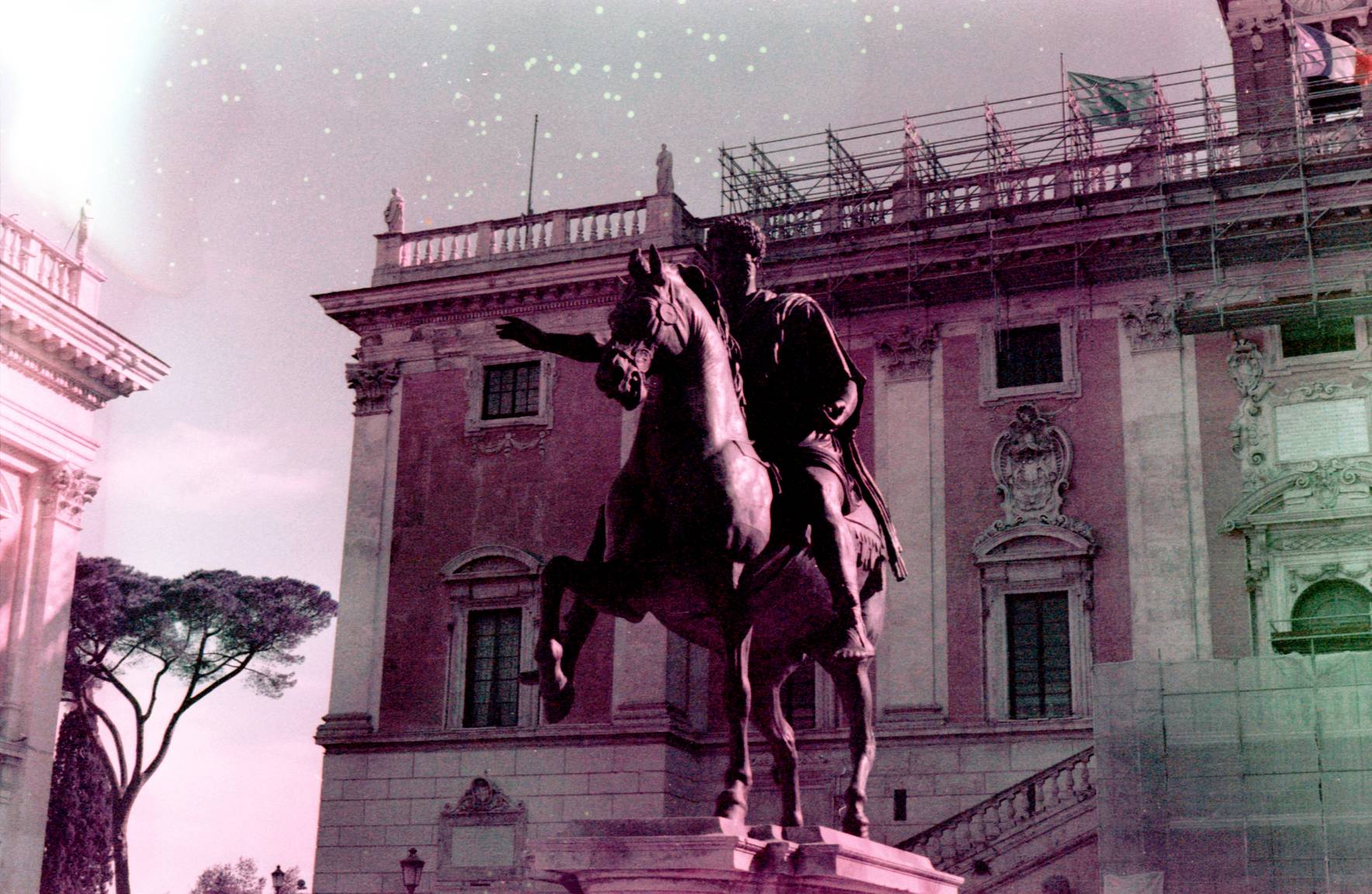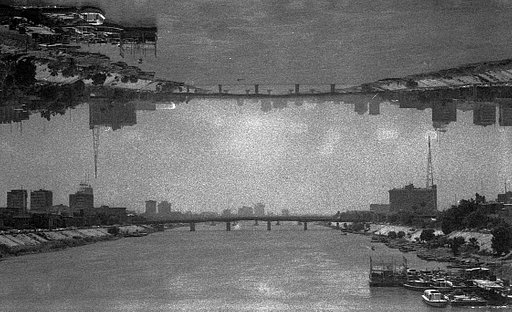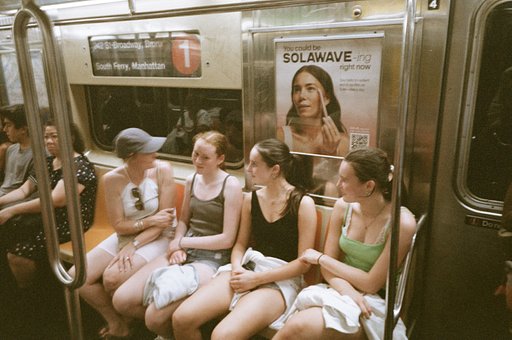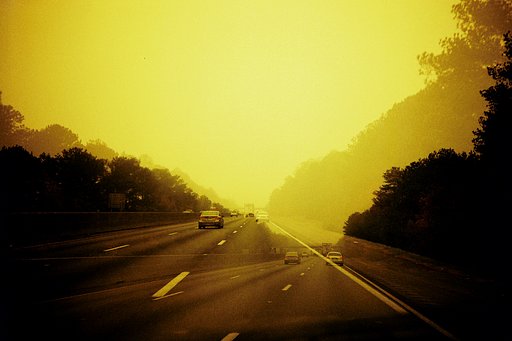Film Soup: Love Potion Recipe by Simone Savo
1 11 Share TweetAnalogue love is global and the film soup technique has its own recipe variations per locality. To celebrate Valentine's Day, Lomo Connoisseur and film photographer Simone, a.k.a. @simonesavo, shares his homemade film soup using a very special Love Potion Recipe: so prepare your ingredients and your favorite film!
Here's Simone's special recipe step-by-step!
Ingredients
- A glass of prosecco/spumante or Fragolino red wine
- 500 ml warm water
- 3 or 4 red roses
- Juice of 1 lemon
- 3 tablespoons of sugar
- A glass jar
- A handful of rolls of film to be your guinea pig, this time I used a LomoChrome Purple and Lomography Color Negative 100.
Instructions
- Place the rose petals in a jar and add the alcohol (I used Fragolino red wine) and the lemon juice.
- Now you can soak the rolls, while bringing the water to the boil and add the sugar. Pour this mixture into the jar and leave it to soak for 2 days, stirring from time to time. Obviously, the longer you leave it to soak, the more extreme and different effects you will achieve! Once the soaking time has elapsed, remove the films, rinse them and dry them.
- For the drying process, you can choose two different ways, but both lead to the same result. The first is the simplest but at the same time, the longest – leave the film to dry on its own (on average it takes a couple of weeks). The second is more complex but quicker – use a hairdryer.
- The whole process must be done in complete darkness, otherwise you risk burning the film with light. Of course, you will know when it is completely dry if the film is no longer sticky and wet. Then, in the dark, rewind it and leave the tail out.
- Regardless of the method of drying, the result is the same. Our film is finally ready to be used. All we have to do is load it into our favorite camera, start shooting and wait for the results!
Follow Simone on his LomoHome and Instagram profile. What's your favorite film soup that you'll be testing for Valentine's Day? Let us know in the comments below!
written by melissaperitore on 2023-02-14 #gear #experimental #tipster #valentines-day #lomography-color-negative #lomographyfilm #filmsoup #color-developing

































One Comment